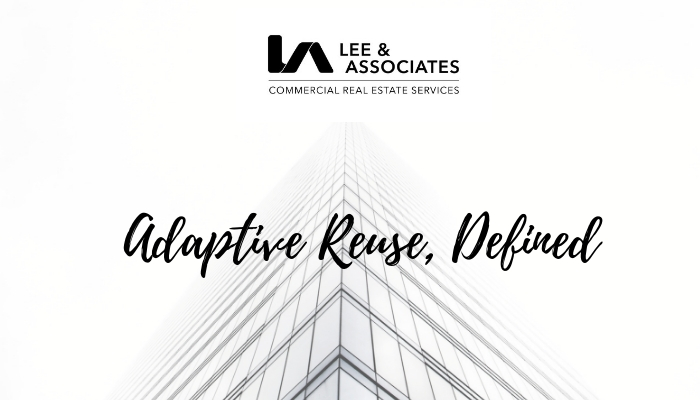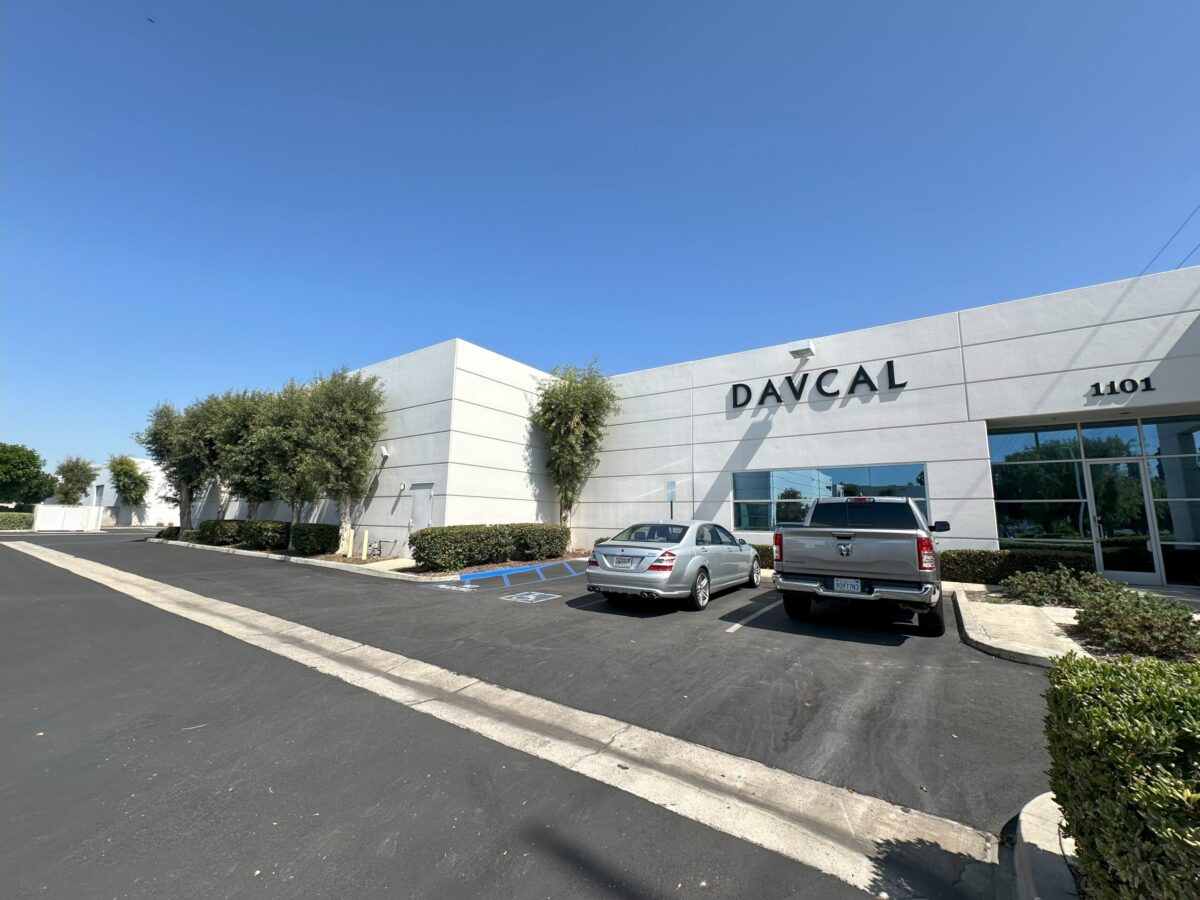Every building has a history, whether it’s a few years or a few centuries old. Sometimes a building is used in the same way for its entire lifespan. Other times, its use changes to better reflect the shifting wants and needs of the community around it. Currently, buildings that have or could undergo these changes are referred to as adaptive reuse buildings, and it is important to understand this key commercial real estate term early in the process of starting a lease or sales transaction.
Adaptive Reuse, Defined
In commercial real estate, the term adaptive reuse is used to describe a building that has been converted from one use to another. These conversions are typically done in order to stay current with the in-demand uses in the area surrounding the building’s location. Depending on the intended use, all or portions of these buildings will be leased to tenants.
Examples include retail space converted into offices, church buildings into retail and restaurant spaces, and big-box retail spaces converted into schools.
How Adaptive Reuse Differs from Renovation
Adaptive reuse buildings and renovated buildings are not mutually exclusive. The difference between the two is that a renovated building’s use stays the same after renovations are completed. As the name implies, adaptive reuse buildings are used differently once the project is complete.
What Adaptive Reuse Looks Like in the Wild
Here are a few notable examples from around the country that are underway or have been completed in the last 10 years:
- The Green Building (Louisville, KY) – a historic dry goods building that was converted into a mixed-use building with offices, conference room, event space, and a gallery
- Seaholm District (Austin, TX) – a former power plant being converted into a mixed-use development with office, retail, restaurant, multi-family residential, and public open spaces.
- Wonder Bread Factory (Washington, D.C.) – a former bread factory that was converted into a multi-tenant office building
- Anaheim Packing House (Anaheim, CA), a former citrus packing house converted into an upscale food hall.
This type of building sounds exactly like what I’m looking for. How do I find it?
Final Thoughts
Drop us a line anytime! We would love to talk to you about what you are looking for, where you want to be, and how we can help you find that perfect property.
by Staff Writer, Lee & Associates Orange

